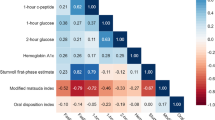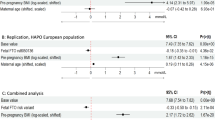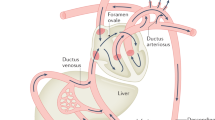Abstract
Extract: In the pregnant ewe in the fed state, higher maternal protein intake does not lead to increased protein catabolism by the fetus. Total maternal starvation results in a prompt fall in fetal glucose concentrations (by 35%) to a stable plateau by 48 hr of starvation. Transplacental glucose uptakes during prolonged starvation are less than 40% of normal fed state values. Fetal urea production rates (a reflection of amino acid catabolism) increase to a level twice the fed state values by the 4th day of starvation and then return to base-line values by the 7th day of starvation. Fetal glucose concentrations remain stable throughout prolonged starvation, even after urea production rates have returned to base-line values.
Speculation: At the peak of urea production, amino acid catabolism by the fetus can account for at least 80% of fetal oxygen consumption. However, the mechanisms and substrates available for homeostasis during the first 2 days (and after the 7th day of starvation) are unknown and, in the face of depressed transplacental glucose uptakes, may put the fetus at significant risk.
Similar content being viewed by others
Log in or create a free account to read this content
Gain free access to this article, as well as selected content from this journal and more on nature.com
or
Author information
Authors and Affiliations
Rights and permissions
About this article
Cite this article
Simmons, M., Meschia, G., Makowski, E. et al. Fetal Metabolic Response to Maternal Starvation. Pediatr Res 8, 830–836 (1974). https://doi.org/10.1203/00006450-197410000-00003
Issue date:
DOI: https://doi.org/10.1203/00006450-197410000-00003



